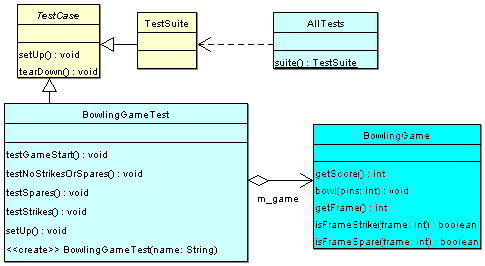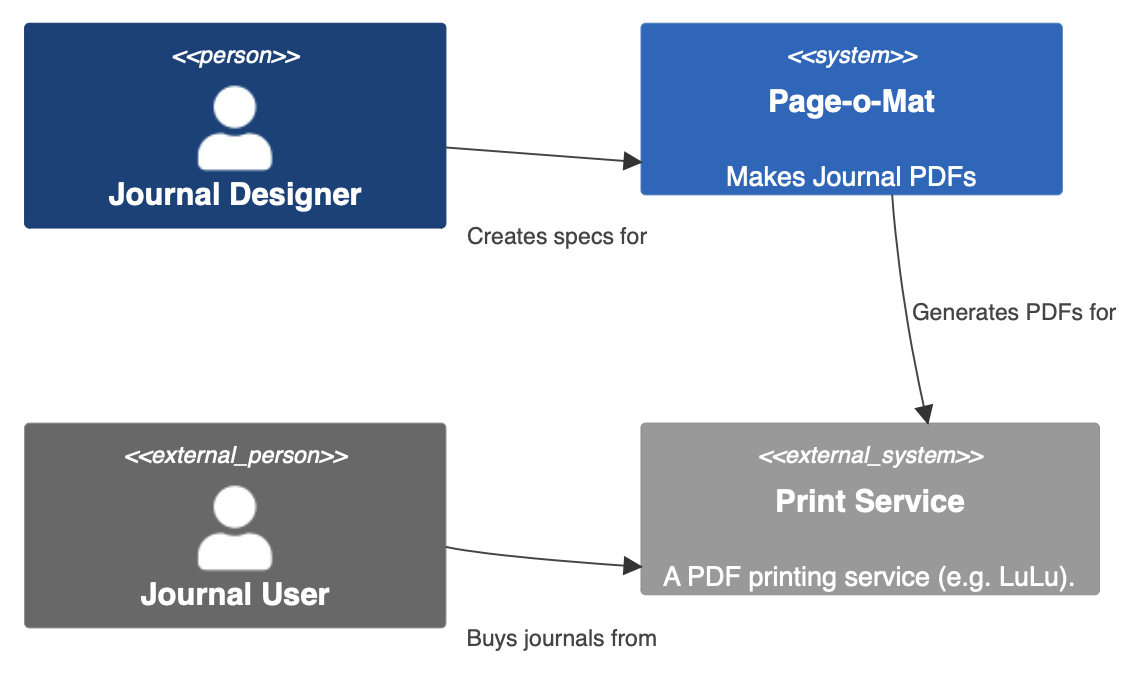I watched the WWDC 2023 keynote, and here’s what I think as compared to my wishlist.
The new 15″ MacBook Air looks great, but it’s not for me. My main requirement is weight, and this is a half pound heavier. If I wanted to go up in size and weight, I’d consider the Pros. I skipped the M2 Air, and so I’ll just wait for the M3 and see how I feel about my M1 when that comes out. Right now, it seems fine.
There didn’t seem to be any more anti-theft help in iOS. I do appreciate the improvements to auto-correct.
I never even installed macOS Ventura. There’s nothing in Sonoma I care about, but I will probably install Ventura soon and consider upgrading in the Winter. My macOS upgrades are dictated by Xcode requirements. Surprisingly it hasn’t forced me to upgrade this year.
They said that tvOS would be better at knowing which audio device you want to be connected to, which would be great. As I mentioned in the wishlist, this is shockingly bad right now considering that literally every piece of hardware I use with my TV comes from Apple. If this works, it will be the only thing I unequivocally got from my wishlist.
Both Apple and I seem to agree that watchOS doesn’t need any more work. Not sure how the new design language affects Sprint-o-Mat—I’ll have to see as I use it. My favorite new feature is putting a waypoint on a hiking map for the last place you had cell coverage—I have needed that.
Ok, the headset.
I was expecting goggles, but (even though I think it was heavily implied in the rumors), I really thought they would be see-through with a projection. Instead, they are displays that show how cameras see the outside world, and external displays that show your eyes. I had discounted this rumor because it sounded insane, but it actually looks pretty good.
The problem is that the failure mode for the Vision Pro is blindness. Even when it’s working, it looks like it would randomly obstruct vision. Apps are completely opaque rectangles from what I could see. I didn’t see any demo of an application annotating reality. 3D objects could be placed in your scene, and I assume that apps will be able to pass through the camera feed, but that’s for games, not as an always-on feature.
This makes it impossible to use as a fitness device. I would not feel safe running with these on (and just forget about biking). I had hopes that I could make Sprint-o-Mat into a racing simulator (with pace runners on the track with you), but that feels unsafe to me. Maybe for track use only.
Also, my ideas for AR Apps that make the world into a playable game are not going to work with this device, and I really think it will not be used to navigate the real world. This is a stay-at-home entertainment device. It’s a very good one, but I was hoping for something that would be ok to use in real life.
If it stays at home, it does help alleviate the problem of always on cameras being creepy. They did address some of the issue by not letting 3rd party apps get this always-on feed. They also don’t let 3rd party apps get the eye-tracking data, which is also great.
The price being higher than the rumor was a surprise. I would love to try one, but it’s hard to justify $3499 for basically an awesome 1-person TV. For me, the giant workspace, immersive video conferencing, and cinema experience are very compelling. I don’t play games, but I bet there are going to be fitness games that I would enjoy (like a rowing simulator). I would only buy one if I think I’d develop an app for it.

